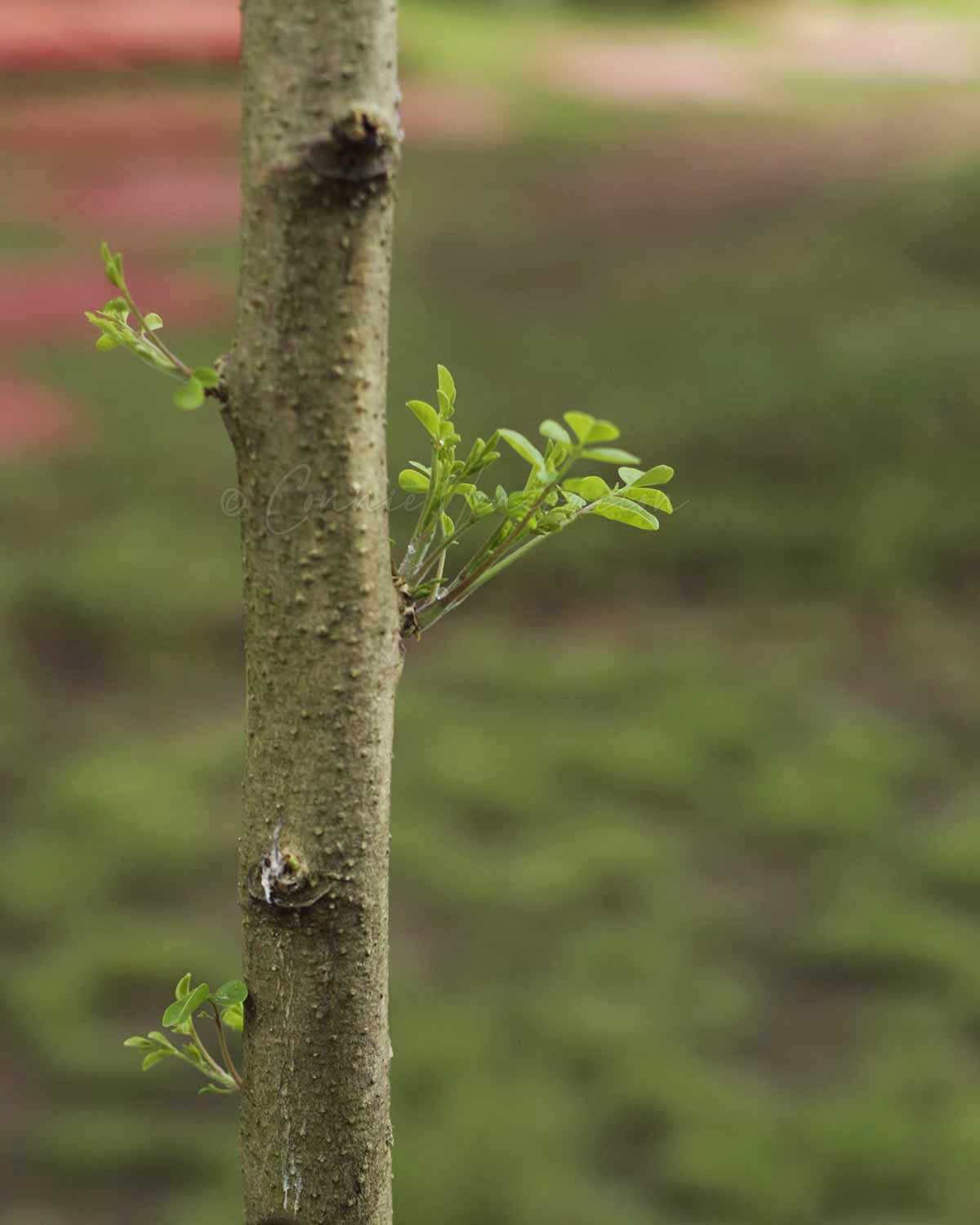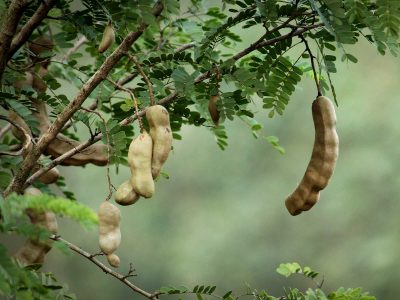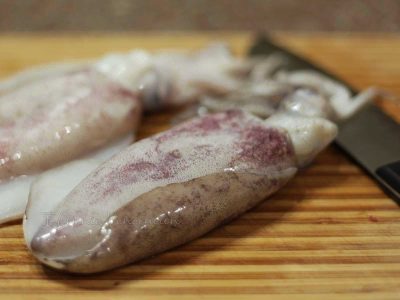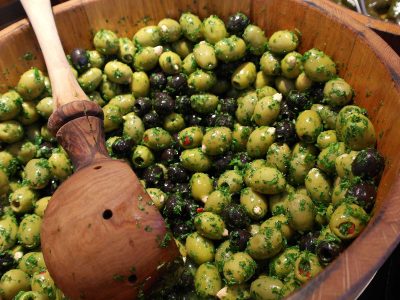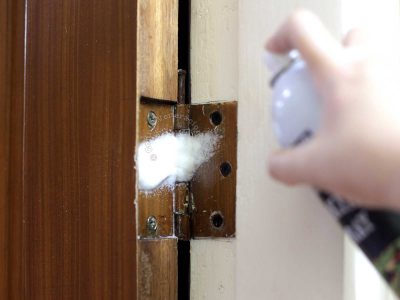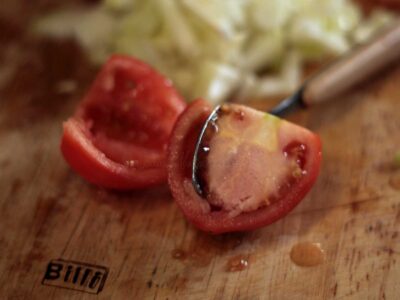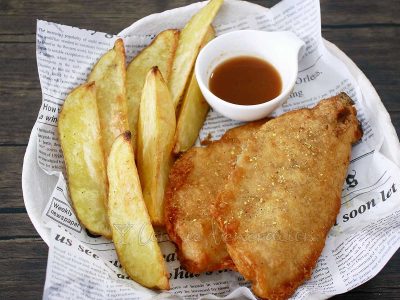Ah, malunggay… For over a decade, local growers have been heavily marketing it as some kind of miracle plant. Eat malunggay everyday and your body will be in a better position to fight illnesses, they said. Hardsell, really, with the leaves sold dried and pulverized into powder so it can be added to bread dough or mixed into drinks.
But that’s marketing. Malunggay is nutrient-rich, yes, but it is no miracle plant. It can’t prevent nor cure diseases — or so the proponents of Western medicine say. It’s really hard to believe anyone these days. This isn’t a health blog anyway so let’s limit the discussion of malunggay as food.
I’ve read that the seeds and roots are edible but I’m only familiar with the immature seed pods and leaves.
Moringa seed pods are also called called drumsticks
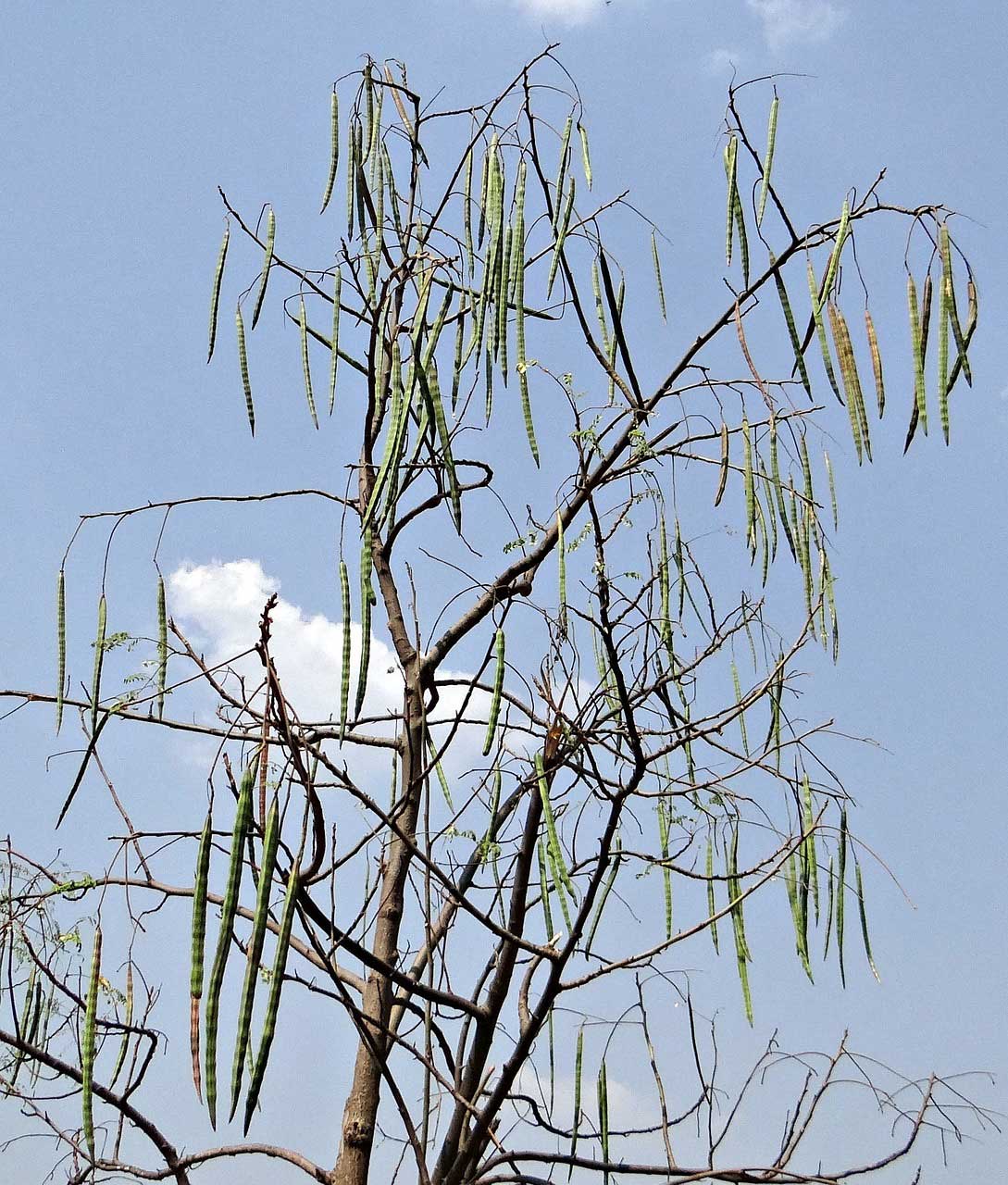
Above, the pods of moringa. They are best when quite immature and hardly fibrous.
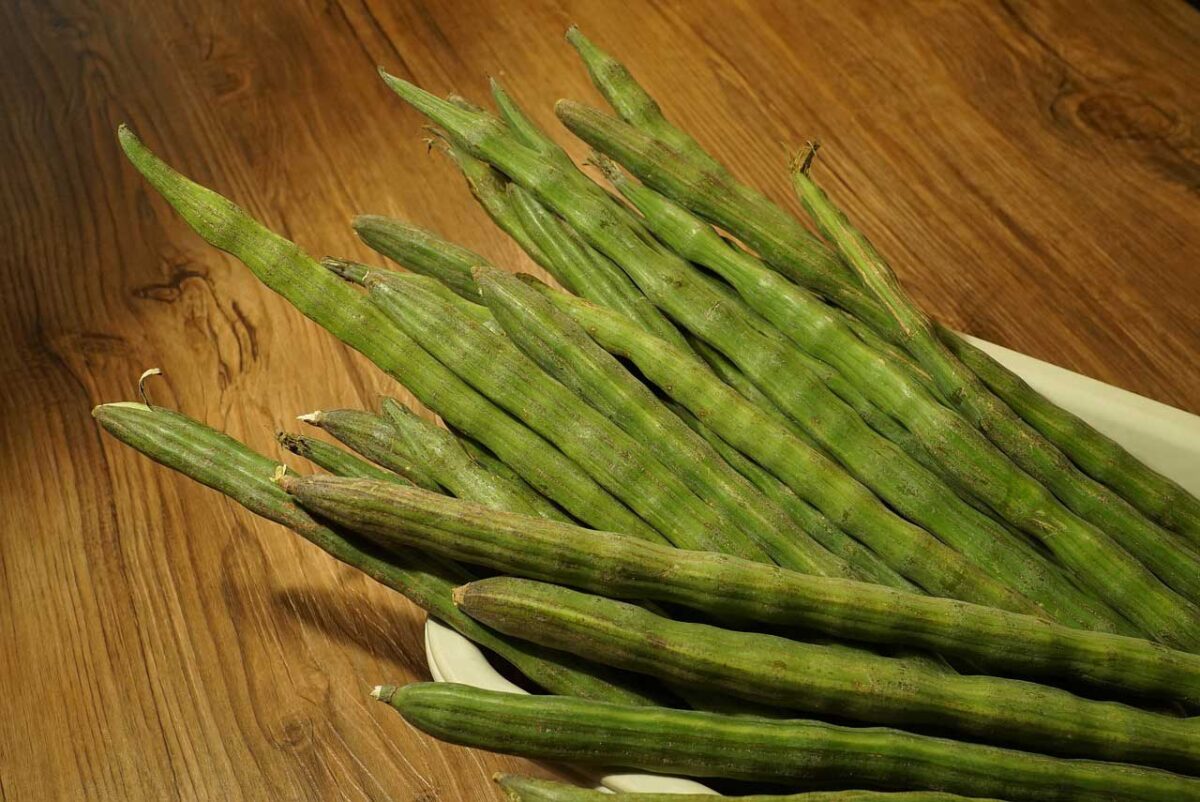
That’s how the pods look after harvesting.
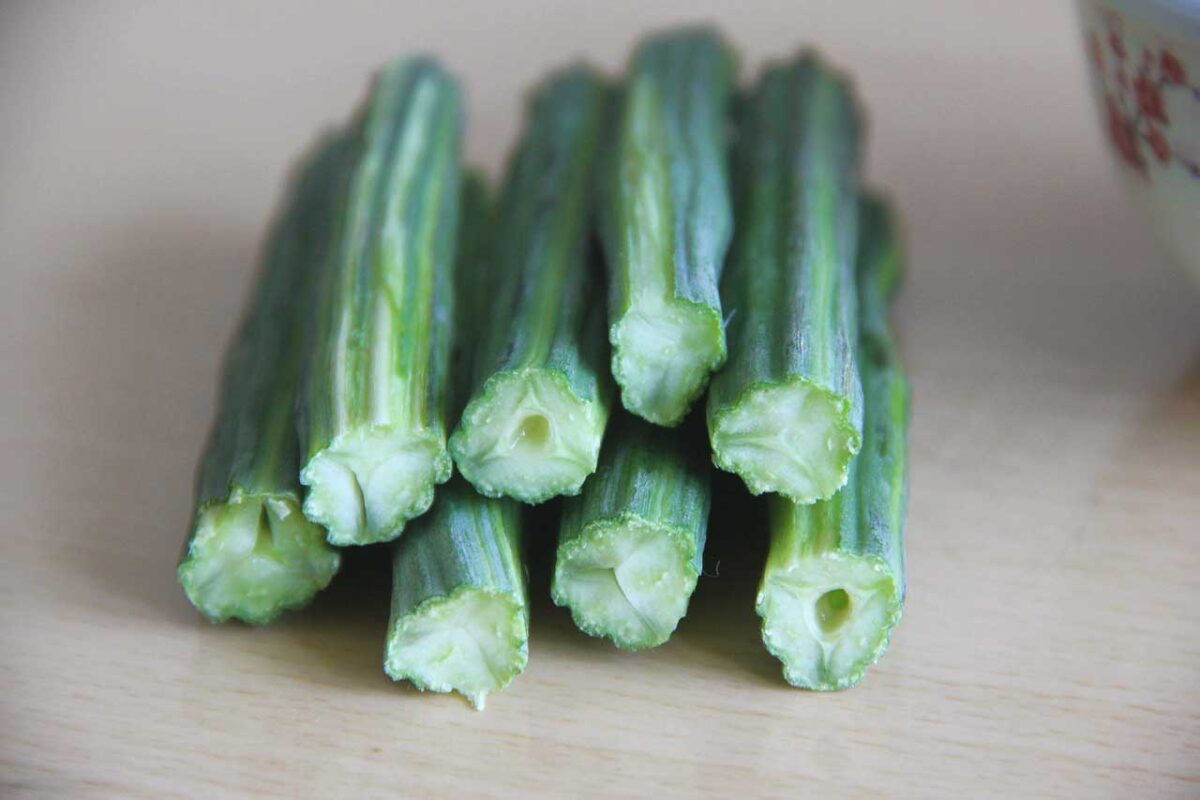
That’s how they look after both ends have been cut off and the pods have been cut into bite-sized pieces.
Moringa leaves
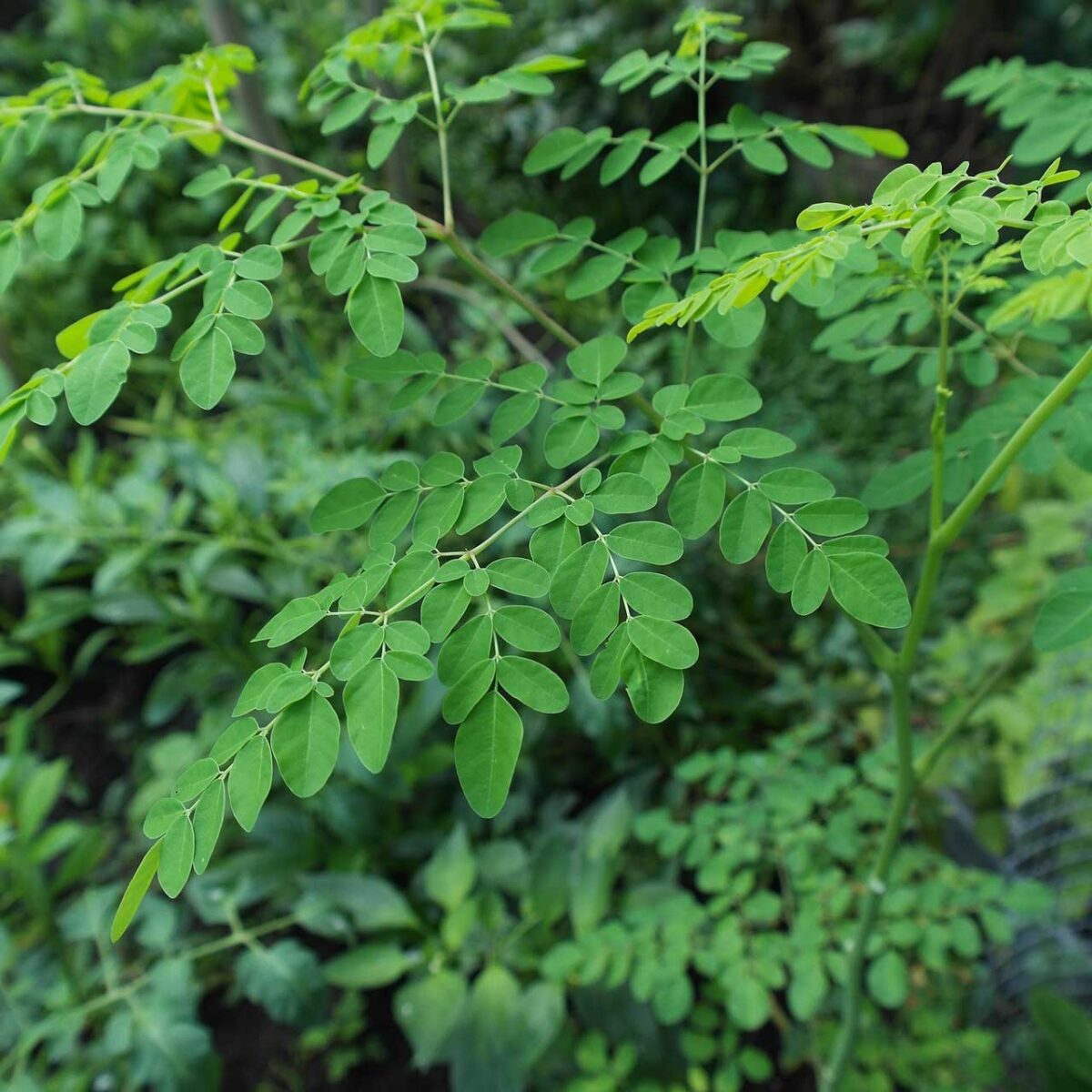
As with the pods, the young tender leaves are best for cooking. To separate them from the stems, simply hold a stem by the tip with one hand, press between the thumb and forefinger of your other hand then slide downward to strip the leaves off the stem.
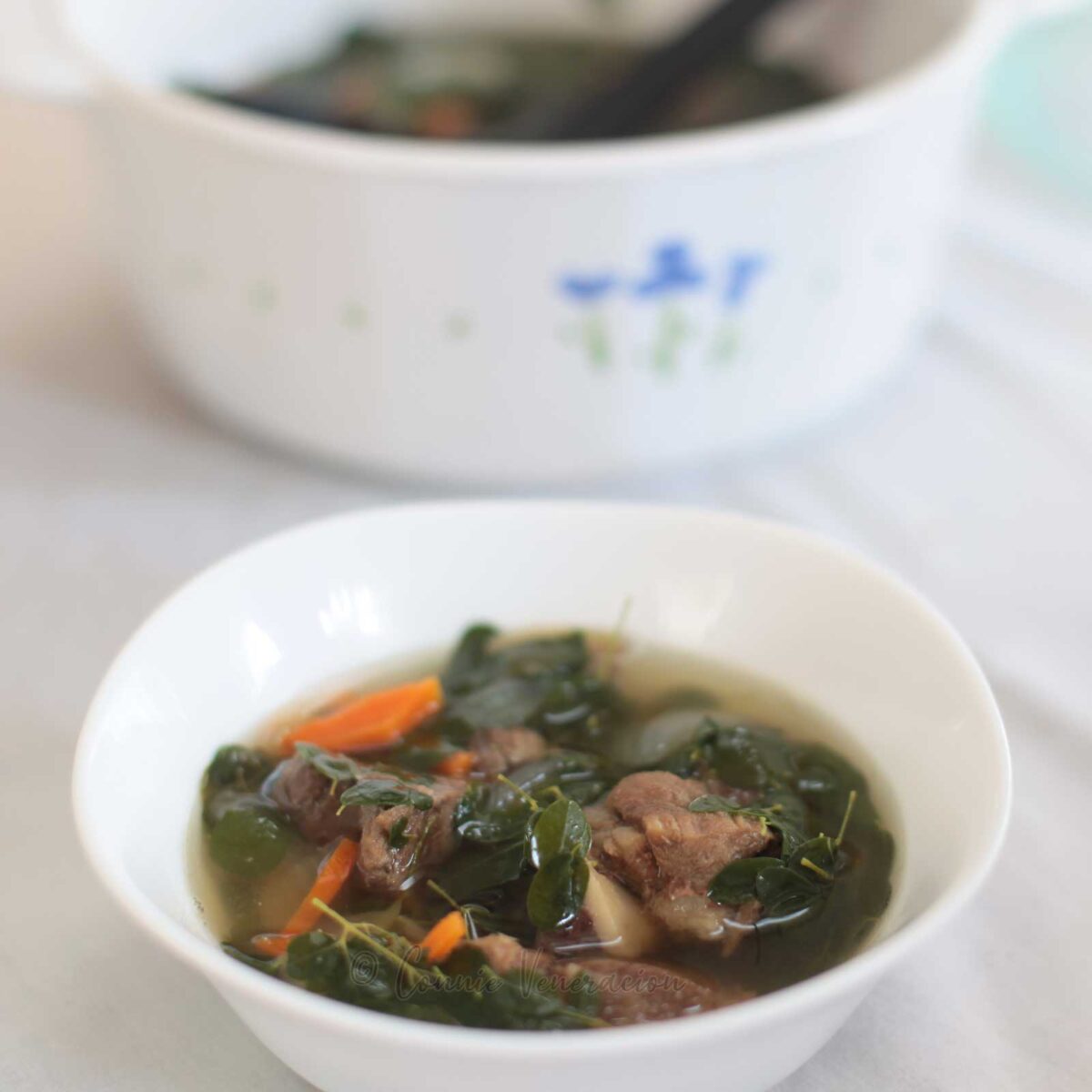
How are moringa leaves cooked? In many ways depending on the cuisine. At home, we cook moringa leaves pretty much like spinach and other leafy vegetables. Adding them to soup is my favorite way to enjoy them.

